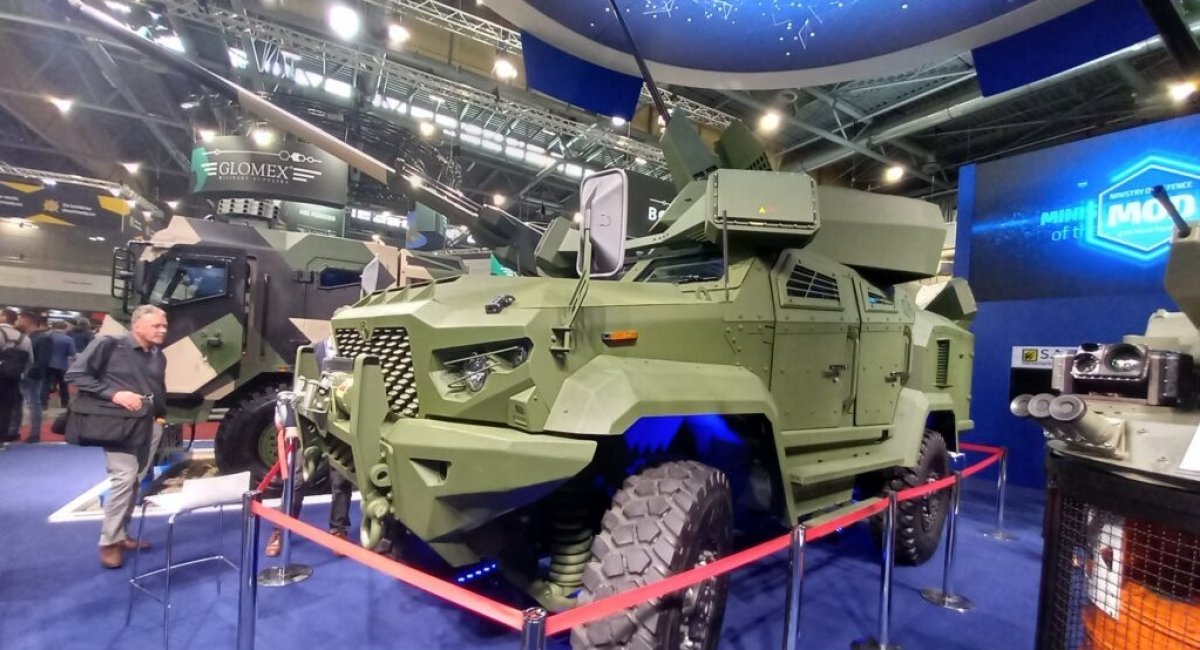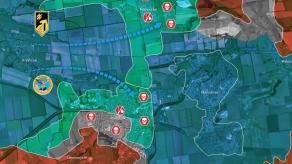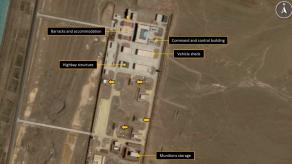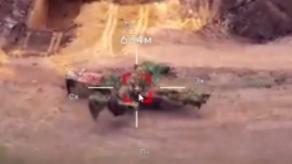The Armed Forces of Ukraine are set to receive two Wolf 25 AD self-propelled anti-aircraft systems, manufactured by Deftech, in the near future. These systems will undergo battlefield testing in Ukraine. If they prove successful, Deftech may receive a larger order.
In modern warfare, the threat posed by attack drones remains significant even at distances exceeding 40 kilometers. As a result, columns of vehicles, artillery positions, command posts, and air defense assets are often targeted by fiber-optic FPV drones and Lancet loitering munitions. To address this growing threat, the Ukrainian side initiated the development of such a system approximately two years ago.
Read more: Why Ukrainian FPV Drones Struck Tu-95MS and Tu-22M3 in Specific Spots, and Why Precision Was Crucial
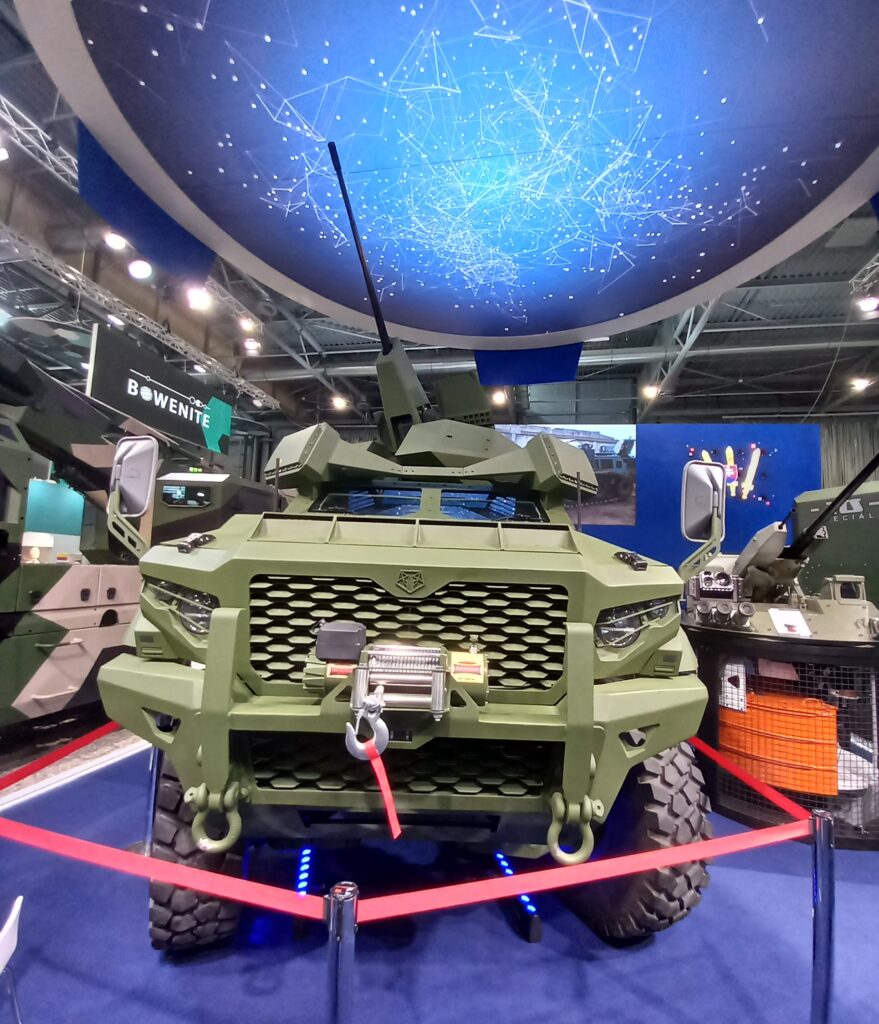
The first Wolf 25 AD system was sent to Ukraine immediately after the IDET 2025 exhibition. The second unit is expected to arrive within the next two months, according to Future Army.
Defense Express notes that this is not the first anti-drone system supplied to Ukraine. The MSI-DS Terrahawk Paladin system from the United Kingdom, first unveiled in 2022, was delivered to Ukraine in 2023.
The Wolf 25 AD is equipped with a remotely operated MANGART 25 turret from Valhalla Turrets. It features a 25mm Oerlikon KBA automatic cannon and an eight-barrel smoke grenade launcher for deploying smoke screens. The weapon can fire airburst rounds, conventional high-explosive shells, and armor-piercing ammunition.
According to its developers, the 25mm cannon was chosen as the main weapon due to its lower weight and cost compared to 30mm systems, while offering comparable firepower. The Wolf 25 AD has been showcased at several exhibitions, and an earlier version of the turret was observed with a guided missile launcher, likely intended for MANPADS or APKWS-type rockets.
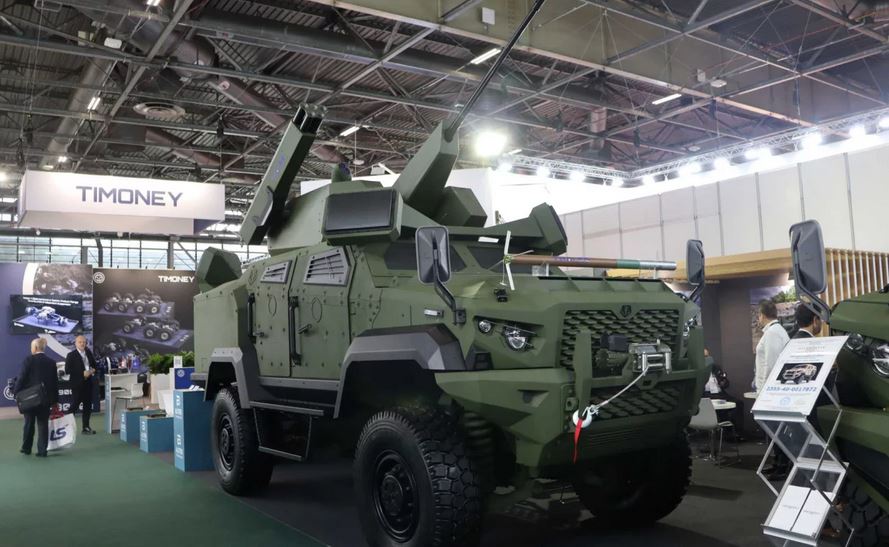
Target detection is carried out by four Rheinmetall radars mounted at the corners of the hull, providing full 360-degree coverage. These radars can detect fighter jets at ranges of up to 20 km, helicopters up to 12 km, missiles up to 10 km, Lancet drones between 8 and 10 km, reconnaissance UAVs up to 5 km, and small quadcopters (including FPV drones) also up to 5 km.
The vehicle is additionally fitted with an optical sighting station that includes thermal imaging and day cameras. The turret is mounted on a Wolf MRAP chassis powered by a 6.7-liter six-cylinder turbodiesel engine. The chassis features a V-shaped hull for enhanced protection against mines. The base configuration has a range of up to 1,000 km.
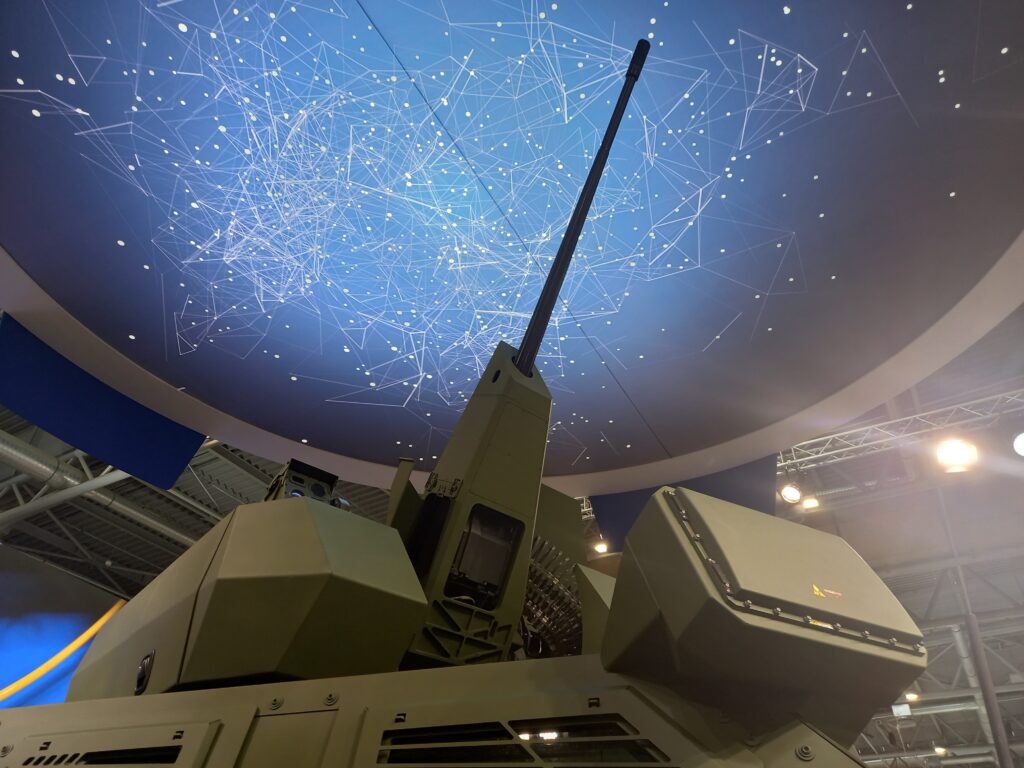
To accommodate the MANGART 25 turret and high-power radars, engineers made several modifications to the Wolf chassis. These include the addition of an auxiliary generator and a water-cooling system for the radar.
Before its appearance at IDET 2025, the Wolf 25 AD underwent live-fire trials at a test range. It successfully engaged several quadcopter-type drone targets using projectiles without explosive warheads or airburst fuzes.
Read more: China Presents SWS3: Gun-and-Missile Drone Killer Vehicle to Rival russian Pantsir




